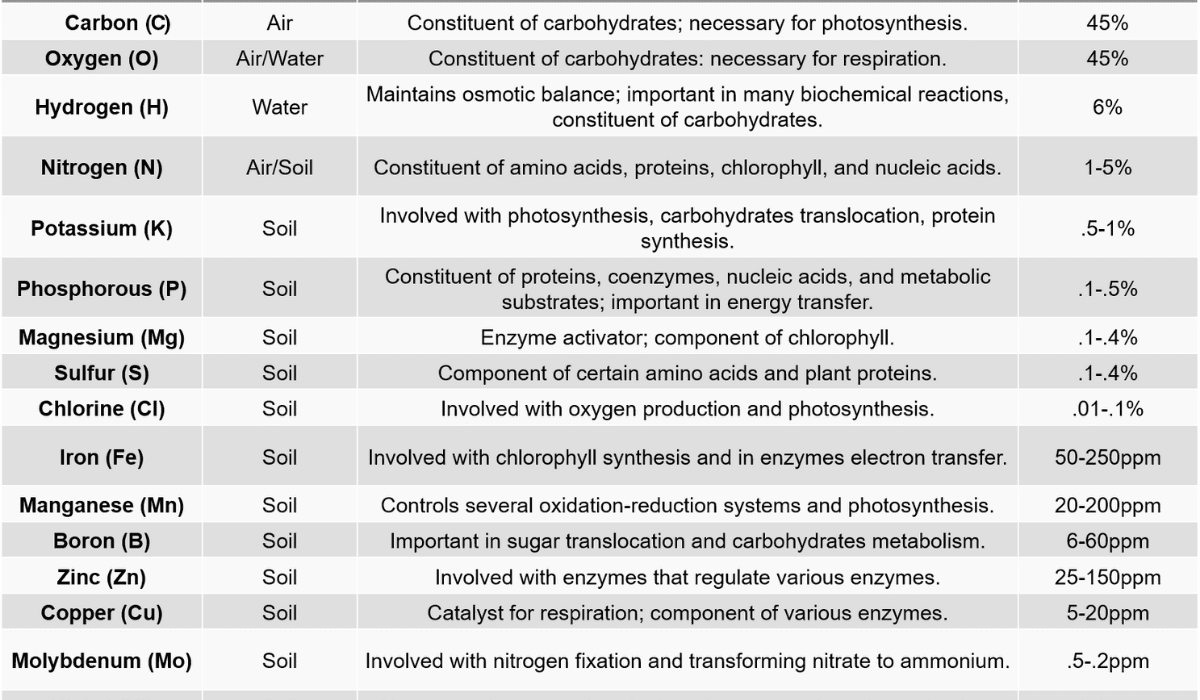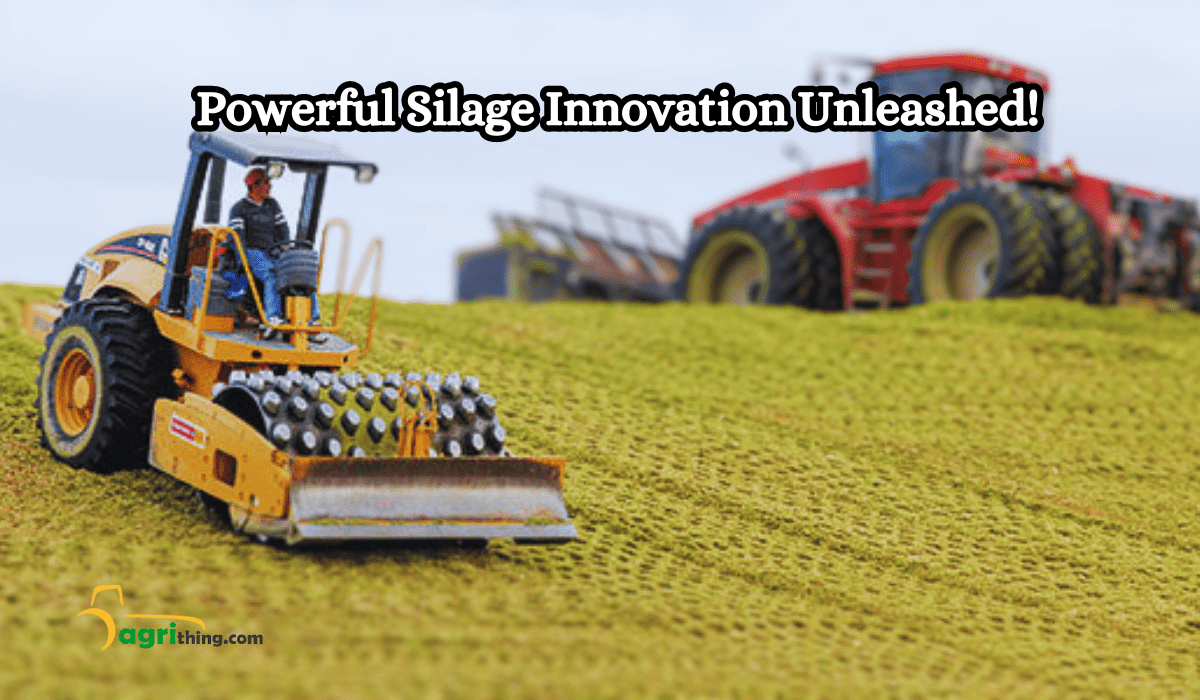Silage Making Process: A Comprehensive Guide

Corn silage plays a crucial role in livestock farming as a high-energy feed source. As the agricultural industry continues to evolve, emerging technologies are revolutionizing corn silage production, improving efficiency, and enhancing the quality of the feed. In this article, we will explore the latest advancements and their impact on Silage making process.
Table of Contents
Introduction
Corn silage plays a crucial role in livestock farming as a high-energy feed source. As the agricultural industry continues to evolve, emerging technologies are revolutionising corn silage production, improving efficiency, and enhancing the quality of the feed. In this article, we will explore the latest advancements and their impact on Silage fermentation.
Precision Agriculture and Silage making process
Precision agriculture techniques have become popular in modern Silage making process. By using sensors, drones, and data analysis, farmers can make informed decisions to optimise yield and quality. These technologies allow for precise nutrient management, targeted pesticide application, and real-time crop health monitoring. They help farmers assess growth, soil conditions, and moisture levels accurately, improving efficiency and minimising environmental impact in Silage fermentation.
Genetic Engineering and Corn Silage Quality
Genetic engineering has advanced crop traits, including those of corn varieties for silage production. Scientists have modified corn plants to have better nutrition, higher digestibility, and improved resistance to pests and diseases. These developments contribute to higher-quality silage, benefiting animal performance and health in Silage fermentation.
Robotics and Automation in Silage Harvesting
Robots and automated machinery are now being used more in corn silage harvesting. Equipment like self-driving forage harvesters and robotic arms streamline the process and reduce manual labor. These technologies improve operational efficiency, cut costs, and minimise errors. Integration of artificial intelligence allows machines to learn and adapt, optimising harvest and storage conditions in Silage making process.
Climate-Smart Farming Practices
To combat climate change, sustainable farming methods are vital. Silage fermentation can benefit from climate-smart techniques like precision irrigation and water management. These practices conserve resources, reduce greenhouse gas emissions, and promote sustainability.
IoT Applications in Silage Storage
The Internet of Things (IoT) enhances Silage fermentation. Smart systems with sensors ensure optimal storage conditions. Real-time data analysis helps monitor and maintain high-quality silage. These technologies minimise losses and ensure year-round availability.
Data Analytics and Predictive Modeling
In Silage making process, big data analytics revolutionises farming. Predicting crop yield and optimizing feed rations for livestock become possible by utilising vast amounts of data. Predictive modelling informs decisions, allocates resources efficiently, and maximises profitability. Data-driven insights also contribute to sustainable practices and improving feed quality.
Future Trends and Challenges
The future of corn silage production brings exciting possibilities with advancing technology. Machine learning and artificial intelligence optimise farming operations, including planting, harvesting, and storage. However, challenges like initial costs and limited technology access need consideration. Balancing advancements with sustainability and ethics ensures long-term success in corn silage production.
Advancements in Biotechnology for Silage making process
Enhanced Corn Varieties: Biotechnology improves corn varieties for higher yield, quality, and disease resistance in corn silage production.
Nutrient-Rich Hybrids: Biotech techniques create corn hybrids with improved nutrient content and stress tolerance, maximizing their suitability for silage production.
Precision Breeding: Biotechnology enables selective breeding to develop corn hybrids specifically tailored for optimal corn silage production.
Improved Fermentation: Biotech advancements contribute to enhanced fermentation processes, resulting in higher-quality corn silage.
Targeted Breeding: Biotech tools facilitate targeted breeding strategies, allowing the selection of corn hybrids optimized for silage production.
Sustainable Practices: Biotechnology promotes sustainable corn silage production by reducing inputs and improving overall production efficiency.
Improving Fertiliser Efficiency in Silage making process
Soil Testing and Nutrient Analysis:
Conduct soil tests and analyse nutrient levels to determine the appropriate fertiliser requirements for Silage making process.
Precision Application Techniques:
This methods for precise and efficient fertiliser distribution through variable rate fertilisation and site-specific nutrient management.
Balanced Nutrient Management:
Balanced nutrient management optimises nitrogen, phosphorus, and potassium application, meeting crop needs while avoiding excess or deficiency.
Timing of Fertiliser Application:
Apply fertilisers at optimal timings aligned with corn growth stages for efficient nutrient uptake and minimal nutrient losses.
Enhanced Fertiliser Formulations:
Utilise advanced formulations like slow-release or controlled-release fertilisers to provide nutrients gradually, enhancing availability for corn plants.
Cover Crops and Crop Rotation:
Incorporate cover crops and practice crop rotation to improve soil fertility, reduce nutrient runoff, and enhance overall fertiliser efficiency in Silage making process.
Conclusion
Emerging technologies are transforming the landscape of Silage making process, improving efficiency, and enhancing the quality of feed for livestock. Precision agriculture, genetic engineering, robotics, climate-smart farming practices, IoT applications, and data analytics play vital roles in shaping the future of Silage making process. By adopting these technologies and practices, farmers can optimize yield, minimize environmental impact, and ensure the availability of high-quality silage for their livestock.
Frequently Asked Questions (FAQ’s)
What is the ideal moisture content for corn silage?
The ideal moisture content for corn silage is typically between 60% and 70%. It ensures proper fermentation and storage stability.
How does precision agriculture benefit corn silage production?
Precision agriculture allows farmers to make data-driven decisions, optimizing nutrient management, and maximising yield and quality of corn silage.
Are genetically modified corn varieties safe for livestock consumption?
Extensive research and regulatory processes ensure the safety of genetically modified corn varieties for both livestock and human consumption.
Can robots replace manual labour in silage harvesting completely?
While robots and automation technologies improve efficiency, manual labor still plays a significant role in certain aspects of silage harvesting.
How can data analytics help improve corn silage quality?
Data analytics provides insights into crop yield, nutrient content, and feed optimization, enabling farmers to produce high-quality corn silage.
Related Articles
Want to purchase top-quality silage? Visit our Agricomplex website to explore our wide range of silage products.
People Also Ask
What is the ideal moisture content for corn silage?
The ideal moisture content for corn silage is typically between 60% and 70%, ensuring proper fermentation and storage stability in corn silage production.
How does precision agriculture benefit corn silage production?
Precision agriculture benefits corn silage production by enabling data-driven decisions, optimizing nutrient management, and maximizing yield and quality of corn silage.
Are genetically modified corn varieties safe for livestock consumption?
Extensive research and regulatory processes ensure the safety of genetically modified corn varieties for both livestock and human consumption in corn silage production.
Can robots replace manual labour in silage harvesting completely?
While robots and automation technologies improve efficiency, manual labor still plays a significant role in certain aspects of silage harvesting in corn silage production.
How can data analytics help improve corn silage quality?
Data analytics provides insights into crop yield, nutrient content, and feed optimization, enabling farmers to produce high-quality corn silage in corn silage production.




Leave your comment